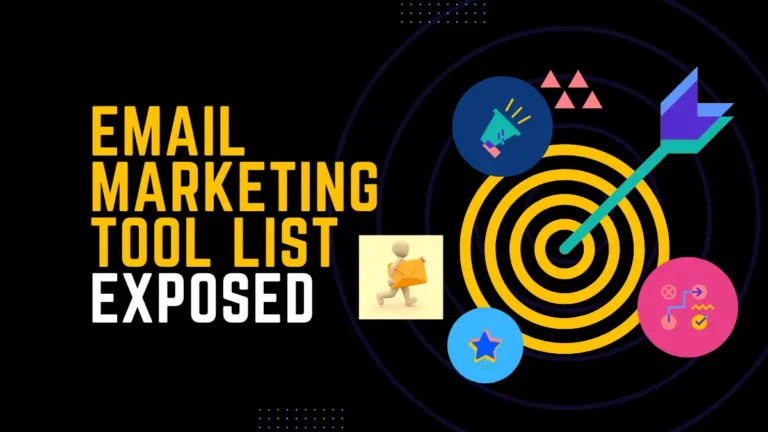Your online store’s traffic tanked overnight? Welcome to brutal eCommerce SEO reality. These 5 common eCommerce SEO problems are what’s separating winners from the digital graveyard.
After analyzing 500+ stores this year, I’ve spotted the same profit-killing issues crushing even established brands. The twist? Most owners are still fighting 2023’s battles while Google’s already moved to AI-powered everything. Let’s fix what’s actually broken.
1. Missing Google Shopping Feed Optimization
Here’s what nobody talks about: Google now gives you free product listings that can surface your items across Search, the Shopping tab, Google Images, and more. Most stores are leaving this money on the table.
The Problem:
- Zero optimization for Google Merchant Center feeds
- Generic product titles that don’t convert
- Missing critical product attributes
- No integration with Google’s Shopping ecosystem
The Fix: Think of your product feed as a parallel SEO channel alongside your website. Optimize product titles with buyer-intent keywords, add detailed descriptions, and include all possible attributes. Set up Google Merchant Center properly – there are still 18% of ecommerce sites that haven’t yet.
A home improvement store I worked with saw 9.13% traffic increase and 19.87% revenue boost just from feed optimization. Their ranking keywords exploded from under 5k to nearly 15k.
2. Ignoring AI Search and Conversational Queries
ChatGPT saw an eightfold increase in weekly active users from October 2023 to April 2025, reaching over 800 million users. Your customers are asking AI “what’s the best…” and you’re not showing up.
The Problem:
- Content optimized for old-school keyword searches
- No preparation for conversational AI queries
- Missing from AI-powered shopping recommendations
- Zero optimization for voice search patterns
The Fix: Expand your content strategies from simple keywords to specific answers. Instead of just targeting “women’s running shoes,” create content that answers “what are the best running shoes for beginners with flat feet?”
A coffee shop pivoted to answer-focused content and saw 249.7% traffic growth (from 6,159 to 21,538 visitors). Their ranking keywords jumped from under 500 to over 3,000.
3. Poor User Engagement Signals
Google’s data leak earlier this year confirmed what many SEOs suspected — user engagement plays a significant role in rankings. Perfect optimization means nothing if people bounce.
The Problem:
- High bounce rates killing rankings
- Slow page speeds driving users away
- Poor mobile experience on phones
- Content that doesn’t match search intent
The Fix: Focus obsessively on keeping visitors engaged. Google determines whether visitors click on your site, stay, or quickly hit the back button. Improve page speed, create sticky content, and match user intent perfectly.
Use tools like Hotjar to track user behavior and optimize accordingly. The goal isn’t just traffic – it’s engaged traffic that converts.
4. Weak E-E-A-T Signals for AI Systems
E-E-A-T (experience, expertise, authoritativeness, trustworthiness) is crucial for content quality in Google’s eyes. AI systems are getting better at detecting fake authority signals.
The Problem:
- Generic testimonials without real proof
- Missing brand authority signals
- No demonstrated product experience
- Thin about pages that scream “dropshipper”
The Fix: Build genuine authority through detailed product knowledge, real customer stories, and industry expertise. Google is prioritizing brands over generic affiliate sites. Ecommerce brands with physical locations, verified reviews, and a trustworthy presence get favored in rankings.
Show real experience with your products through unboxing videos, detailed usage guides, and authentic customer testimonials with photos and full names.
5. Outdated Link Building and Content Strategy
The game changed completely. Google recently cracked down on low-quality affiliate blogs trying to rank for “best of” keywords, wiping out around 90% of these sites.
The Problem:
- Relying on old-school guest posting
- Creating generic “best of” content
- Missing product review opportunities
- No strategy for earning authentic mentions
The Fix: Ecommerce sites can still build backlinks through product reviews. You can contact bloggers, offer free products for honest reviews, and earn backlinks. Focus on relationship-building over scale tactics.
Create genuinely helpful content that solves real problems. Recipe posts with product links, comparison guides, and how-to content that naturally references your products work better than generic listicles.
A chocolate shop shifted from generic posts to recipe-focused content with product integration and saw 51.83% increase in Christmas traffic plus 72.31% boost in seasonal sales.
Your Action Plan
The old playbook’s dead. These aren’t just ranking factors – they’re survival requirements in AI-dominated search.
Pick your biggest weakness and attack it this month. Start with Google Shopping integration if you’re missing it entirely, or focus on user engagement if your bounce rate’s brutal.
Ecommerce SEO is more difficult than ever, but the stores that adapt to AI-powered search will dominate their niches. The question isn’t whether to evolve – it’s how fast you can move.
Ready to stop bleeding traffic and start capturing the AI-powered search revolution? These fixes aren’t optional anymore – they’re your competitive edge.



